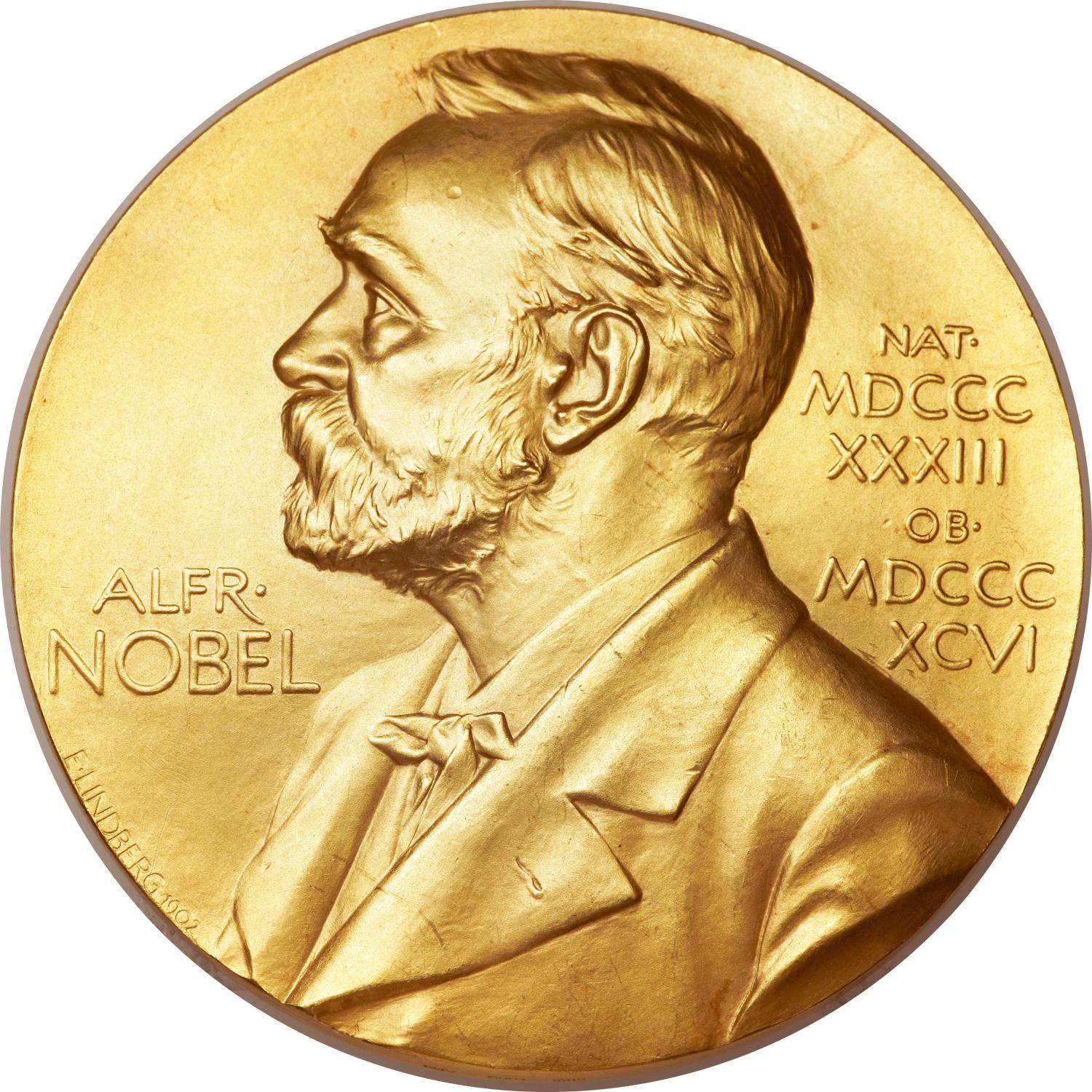- Boeing withdraws contract offer after talks with union end without a deal
- Dollar steady ahead of Fed minutes, New Zealand dollar falls after rate cut
- Oil prices steady after sliding on potential Israel-Hezbollah ceasefire
- Gold lacks momentum as investors brace for Fed minutes
- European stocks muted after market volatility in China
What do you believe is the single most important factor driving up the cost of living in Nigeria?

Key molecule in wound healing identified through mapping of long non-coding RNA molecules
A new study from Karolinska Institutet and the Chinese Academy of Medical Sciences has identified an RNA molecule that is important for skin wound healing. The research, published in Nature Communications, may have implications for the treatment of hard-to-heal wounds.
The study focuses on the molecular processes in wound healing that regulate the transition from inflammation—a critical defense mechanism—to a proliferative phase, where new cells form to repair damaged tissue. Researchers have now mapped lncRNA (long non-coding RNA molecules) in human skin wounds in tissue samples from Karolinska University Hospital, identifying a key regulator in wound healing.
"Our study reveals that the lncRNA molecule SNHG26 plays a pivotal role in guiding skin cells through the stages of wound healing, from an inflammatory stage to a healing phase," explains Ning Xu Landén, docent at the Department of Medicine, Solna, Karolinska Institutet.
The researchers also used mouse models to uncover how this molecule interacts with genes involved in inflammation and tissue regeneration. In mice lacking SNHG26, wound healing was delayed, emphasizing the molecule's importance in the balance between inflammation and tissue repair. The discovery paves the way for new therapeutic approaches for acute and chronic wounds.
"By targeting SNHG26, we may be able to accelerate healing and reduce complications, particularly in chronic wounds where prolonged inflammation is a major problem," says Landén.


- October 9, 2024
Chaos in Nyamira assembly as MCAs eject Speaker

- October 9, 2024
Researchers link El Niño to accelerated ice loss in tropics

- October 9, 2024
US finalizes rule to remove lead pipes within a decade



Subscribe to our mailing list to get the new updates!

Subscribe our newsletter to stay updated
Thank you for subscribing!







